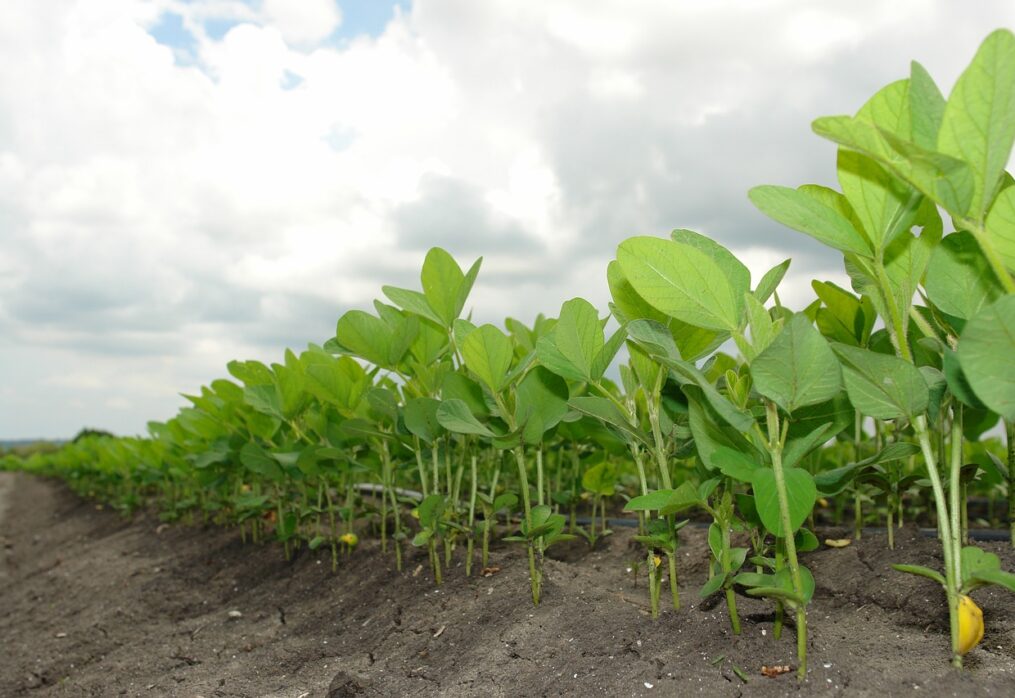USDA: Brazil’s soybean crop will decline in the 2022-23 season
Lack of rain negatively affects Brazil’s soybean crop
The U.S. Department of Agriculture has released projections for global agricultural markets for the 2022-23 season. Brazil’s soybean crop is expected to reach a record high. Production should reach 153 million tons, with about 3.5 tons of beans harvested per hectare. At the same time, experts predict insufficient sunshine between rains. This factor creates the effect of winter weather, which, if prolonged, may have a negative impact on the full development of culture. Heavy rains will cause soybeans to gain moisture, but the sun will not be enough to dry out the beans. This situation increases the risk of mold, significantly reducing crop quality and, consequently, the volume of crop exports.
The optimistic forecast for Brazilian soybean sales is 97 million tons. But this is possible with lower production from other exporters, such as Argentina. In addition, increased demand from Chinese importers will play an important role. In this case, the relevant U.S. ministry warns that increasing supplies to China may significantly reduce soybean stocks in Brazil. This could have a negative impact on the stability of the domestic market. Despite low reserves, the government has no plans to restrict soybean exports. Local traders want to take full advantage of high prices on the world market and sell as many soybeans from warehouses as possible.
In this case, the relevant U.S. ministry warns that increasing supplies to China may significantly reduce soybean stocks in Brazil. This could have a negative impact on the stability of the domestic market. Despite low reserves, the government has no plans to restrict soybean exports. Local traders want to take full advantage of high prices on the world market and sell as many soybeans from warehouses as possible.
Argentina’s prospects
In contrast to Brazil, Argentina’s prospects could be more optimistic. The local grain exchange has reduced soybean production forecasts for the 2022-23 marketing year four times. The main reason is unfavorable weather conditions. There are lack of rain and exposure to high temperatures for an extended period. The crop estimate was 33.5 million tons. The original estimate was 48 million tons.
Experts note that more than 62% of the soybean area is at an essential stage of crop development, and low rainfall negatively affects further growth. Analysts say that production may be even lower than in the 2007-08 marketing year. Then Argentine farmers harvested only 32 million tons. In the 2021-22 season, the soybean crop was more than 43 million tons.
The drop in production will have a negative impact on the country’s position in the global market. Argentina is one of the largest suppliers of soybean oil and meal. And because of the drop in harvest, the country will have to reduce export volumes.
In addition to soybeans, Argentina also expects a decline in corn production. So far, it is estimated at 41 million tons.
